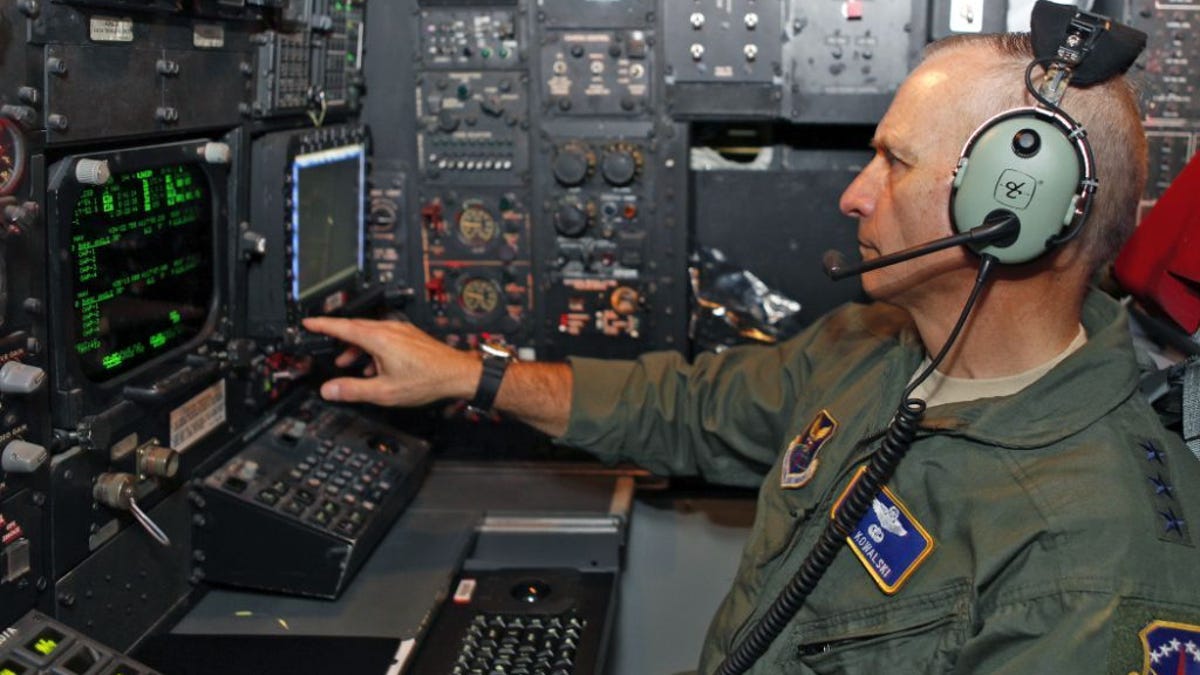Boeing primes the B-52 for the digital age
The aircraft maker says a $76 million contract will let it start upgrading the U.S. Air Force's aging but still potent fleet of heavy bombers.

Douglas MacArthur famously said that old soldiers never die, they just fade away. Some old aircraft take a different route: they go digital.
Boeing announced Tuesday that it has received a $76 million contract that will enable the company to start upgrading the U.S. Air Force's aging but still potent fleet of B-52 Stratofortress bombers with Combat Network Communications Technology (CONECT) systems. CONECT is designed to let B-52 aircrews send and receive information via satellite links, meaning they'll be able to change mission plans and reset weapons targets in flight. Pilots also will be able to interact more effectively with other aircraft and with ground forces.
Other elements of the upgrade will include what Boeing called a state-of-the-art computing network, with workstations at each crew position and integrated, higher-capacity digital interphone headsets with noise-canceling technology.
"We are bringing this amazing workhorse of a bomber into the digital age and giving our customer the infrastructure necessary for continued future improvements," Scot Oathout, Boeing's B-52 program director, said in a statement.
This isn't a rush job. Boeing said that system installation will begin during the "latter part" of 2014 and that the contract covers "low-rate initial production of the first CONECT kits," along with spare parts and maintenance and service at Tinker Air Force Base in Oklahoma. A B-52H at Edwards Air Force Base in California has been serving as a test bed for CONECT for the past several years.
If all goes as planned, CONECT will make its way to the Air Force's six or seven dozen B-52s. The planes, which are all B-52H models, have been in operation for quite some time. They were delivered to the Air Force between May 1961 and October 1962, and they have been kept in flying shape through regular maintenance and timely upgrades. In the late 1980s, for instance, GPS capabilities were incorporated into their navigation systems.
The Air Force has bold plans to keep modernizing the B-52. Citing engineering studies, officials have said the venerable heavy bombers could keep flying beyond the year 2040.
MacArthur's farewell address to Congress, by the way, came in April 1951, almost one year to the day before the first flight of Boeing's initial B-52 prototype.

